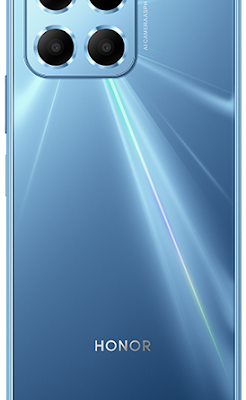Of course, today many authoritative resources make ratings, and it is not difficult to find and read the answer to the question of which smartphone is better to choose?
However, for those users for whom it is not enough to get an answer to the above question, for those who want to understand the variety of screen technologies themselves, we have prepared a complete guide to choosing a smartphone.
Variety of screen technologies
Literally every year, leading smartphone manufacturers set new records in terms of refresh rate, brightness and other display performance standards. The matrix always plays a key role in this. Consider the main technologies, and their differences:
- IPS is the most common type of matrix for smartphones, which attracts with its affordable price tag, good viewing angle and color reproduction level. Today there are no more TFT displays, and IPS is considered the entry level. At the same time, it often makes sense to choose a smartphone based on this technology, rather than AMOLED (much more expensive), if other characteristics offset the advantages of a more expensive matrix. So, for example, many users still choose Realme 6 Pro with an IPS screen, but a higher refresh rate than 7 Pro (this generation has a low refresh rate and smooth picture, but already AMOLED technology);
- OLED is a more expensive type of matrix that already works on organic light emitting diodes, unlike LED technology. These are due to the higher level of brightness as well as contrast. The viewing angle is even wider, as is the color reproduction. Apple likes to use these matrices, although it is becoming more and more difficult to hide obvious flaws against the background of Amoled. In particular, OLED screens of smartphones slightly distort the color reproduction, in particular, a purple glow in dark areas. Yes, the American manufacturer has learned how to successfully implement pulse-width modulation, but this technology, in turn, leads to eye fatigue;
- AMOLED may not be the most correct statement, but it is an improved screen technology than OLED. If you don’t know which screen for a smartphone is better to choose in the middle class, you should definitely pay attention to solutions that use this technology, if other characteristics are not underestimated for marketing purposes. Like, look, we use expensive display technology, but the refresh rate and brightness are several times lower than those of competitors on IPS. This rarely happens. However, this technology involves a special thin-film transistor array, which allows precise control of pixels individually;
- Super AMOLED is a technology patented by Samsung. By the name, you can understand that we are talking about an improved version of the well-known matrix, the essence of which is an improved level of power consumption due to a thin backlight layer between the matrix and the sensor. This technology uses the proprietary PenTile RGBG structure to also reduce the number of blue subpixels. Her problem is that the picture began to look grainy. Therefore, the company decided to return to the implementation of RGB, and released Super AMOLED Plus;
- Dynamic AMOLED is a flagship technology that arrived in 2019 with support for HDR10+, reduced blue light. It is this technology that is implemented in the brightest and clearest displays of smartphones of the South Korean brand.
List of mobile processors
If you don’t know what characteristics to choose a smartphone for, keep in mind that the latest generation of mobile processors is built using a 5-nm process technology. This indicates a higher level of energy efficiency than the 7nm process technology, and so on. We will consider the most powerful and popular solutions of the current year from Qualcomm,many smartphone use this processors, like HONOR 70 Lite.
New Qualcomm processors
- Snapdragon 690 is a new representative of the 600 series (mid-range), built on an 8-nm process technology. The OnePlus Nord N10 series gadget runs on this chip.
- Snapdragon 768G is a mid-range processor that actually has flagship features. If you don’t know what to choose a powerful smartphone at an affordable price, pay attention to OnePlus Nord or Vivo X50 Pro.
- Snapdragon 780G – includes four Arm Cortex-A78 cores and four more Cortex-A55. So far, only a simplified version of the Xiaomi Mi 11 Lite series smartphone is running on this processor.
- Snapdragon 888 Plus is the newest and most powerful mobile processor, which will power new flagships and the most advanced gaming gadgets. In particular, the chip will receive Red Magic 6s, as well as Honor Magic 3 Pro.
Conclusion
If you want to choose a reliable phone for yourself. Always go by the features you need and then plan your purchase accordingly.




